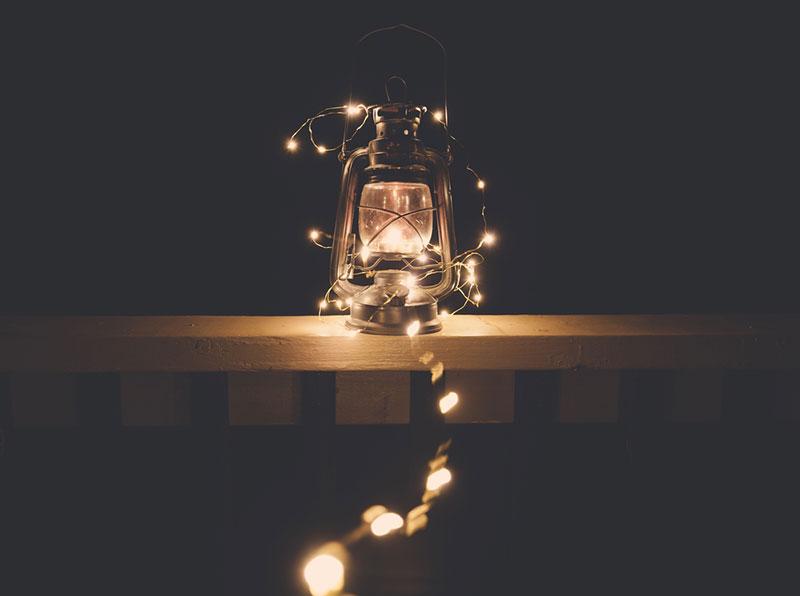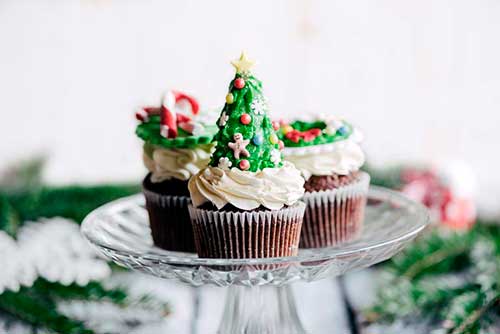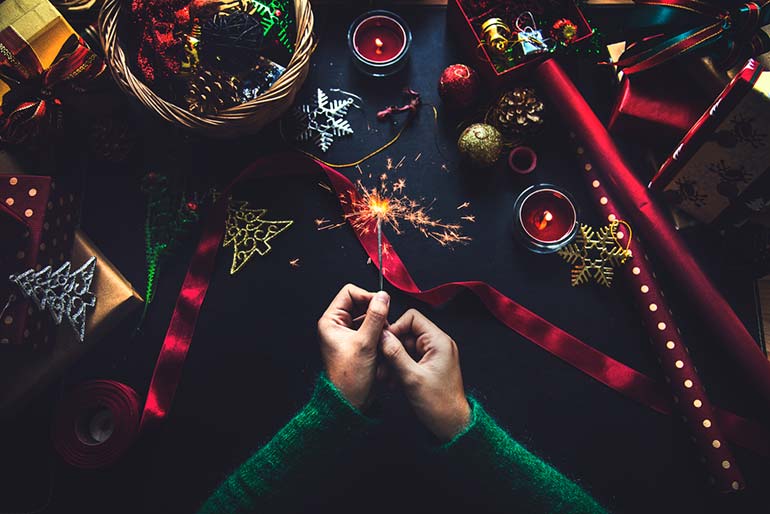Captivating History of Traditional Christmas Colors
With the holidays quickly approaching, it’s time to get into the festive Christmas spirit and spruce up your designs, product pages, newsletters, and ads with thematic content and visuals. But what makes holiday decorations so recognizable? Among other things, we’re always drawn to the classic reds, greens, whites, blues, golds, and silvers. Although these colors are around the whole year, they’re usually associated with the Christmas holiday season.
It simply doesn’t feel like Christmas without traditional color combinations incorporated into home decorations, greeting cards, and holiday foods. But why do we consider them Christmas colors in the first place? What’s the history behind them? And are there any other colors you can use in your holiday designs and decorations to capture the Christmas spirit?
We prepared this article to save you time searching for the symbolism behind common Christmas colors. Read on to learn more about colors that are integral to one of the most anticipated holidays.
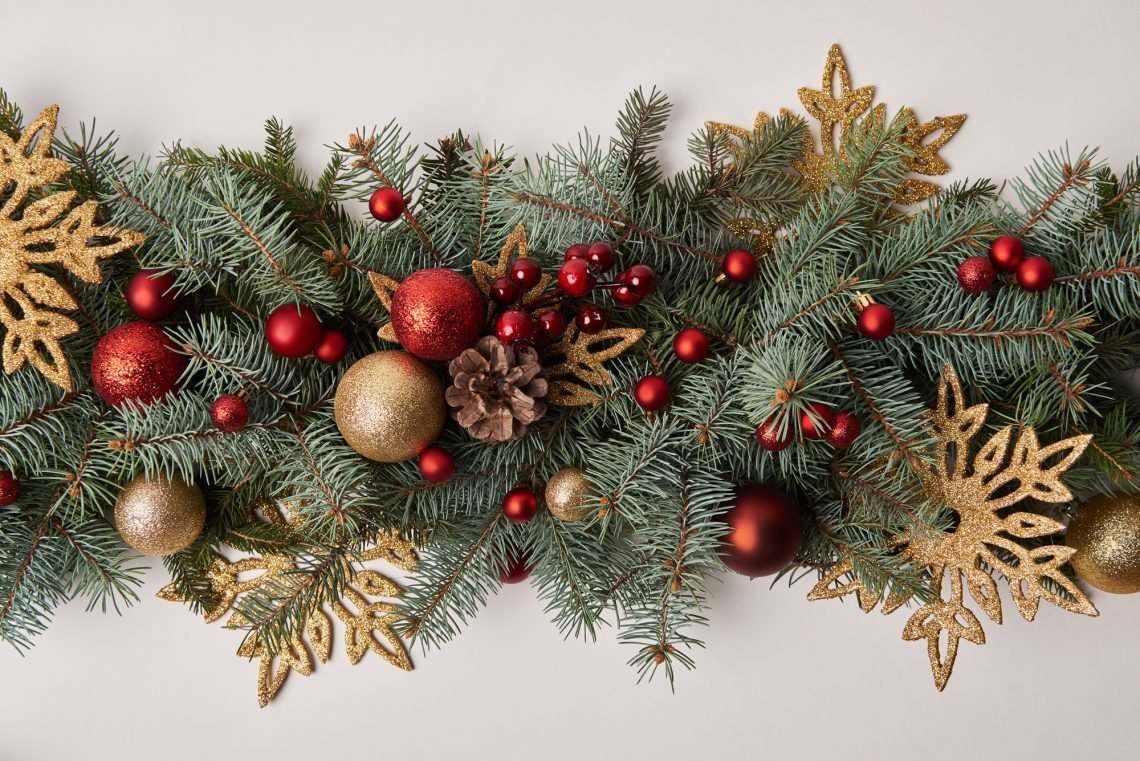
What are traditional Christmas colors?
The traditional Christmas colors — red, green, gold, silver, blue, and white — are a combination of folklore, religion, history, and popular culture, bound together by holiday marketing. Most colors inherited their meaning from western and northern European customs, closely connected to religion and the winter season.
Thousands of years ago the Christmas palette was much wider and more varied. It wasn’t until the 20th century that popular culture popularized the reds, greens, golds, and other colors that we now associate with winter holidays. What’s the symbolism behind these colors? Let’s dive into their history and meaning!

Red and Green
Although it may seem obvious that we associate green and red colors with the holiday season because of green Christmas trees and a red Santa Claus suit, their initial symbolism is a bit more complicated. To understand it, we must go back to ancient Celtic traditions and a holiday that predates Christmas — the winter solstice. During the solstice celebrations, the vivid green leaves and vibrant red berries of the holly tree played a key role. Back then, people believed that the tree brought good luck, wealth, and prosperity to every home during the cold winter months because it stayed evergreen. That’s why to promote affluence, people regularly decorated their homes with holly trees.
The mainstay pop culture association with reds and greens as Christmas colors came to us much later. In the 1930s, the Coca-Cola advertising campaign gave birth to the friendly, fat, and jolly Santa we know today. The contrast between his red outfit against a green Christmas tree further fixated our collective imaginations on reds and greens as primary holiday signifiers.
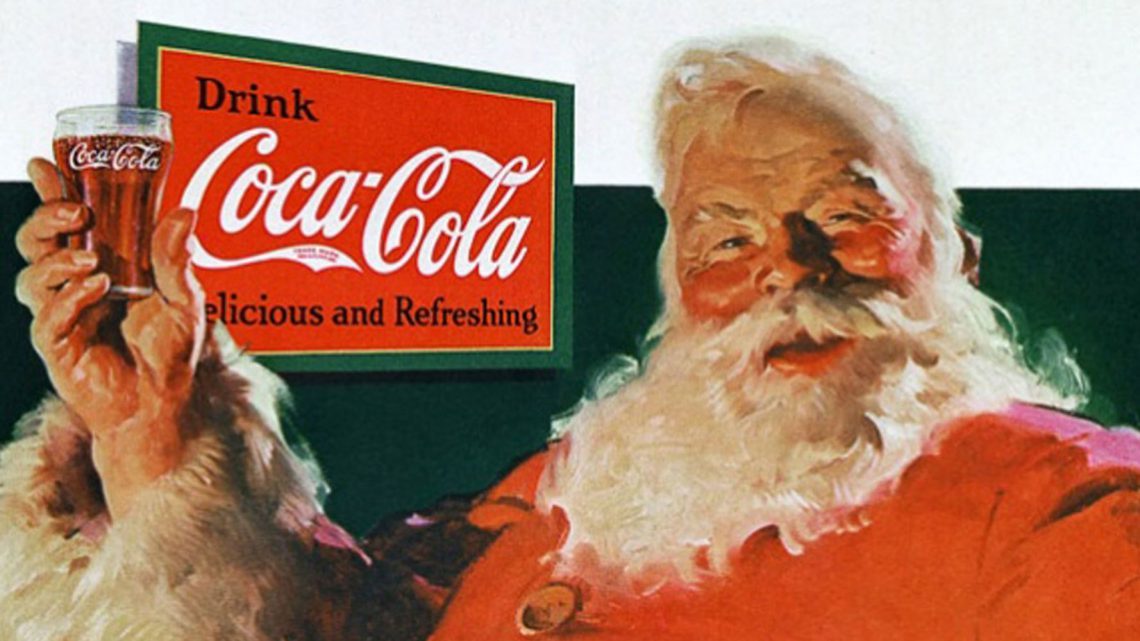
Santa featured in Coca-Cola advertisement.
Source: Coca-Cola
These colors also have close ties with Christian tradition, in which red symbolizes the blood Jesus shed during his crucifixion and green symbolizes his eternal nature. During the winter, Christians used to put on paradise plays, for which they cut down a green pine tree and decorated it with red apples.
With so many associations, it is no wonder that red and green are such significant symbols of Christmas. Deep and vibrant, they are a perfect combination to incorporate into holiday designs and visuals.

Gold and Silver
Gold and silver are frequently close behind red and green at the top of the Christmas color chart. Both colors also have a close link to Christian tradition. Gold symbolizes one of the valuable gifts the Magi, or the Three Wise Men, presented to the baby Jesus. In ancient times, gold as one of the most precious metals, along with frankincense and myrrh, were presented to honor the king, and historians believe that these gifts reinforced the prophecy of Jesus as King.
Gold is also the color of sunlight and a roaring fire, which both give warmth and are essential during the cold winter months. Of course, as a precious metal, gold is also considered to represent wealth, prosperity, and royalty. That’s why people have often given each other gold as a gift during Christmas.
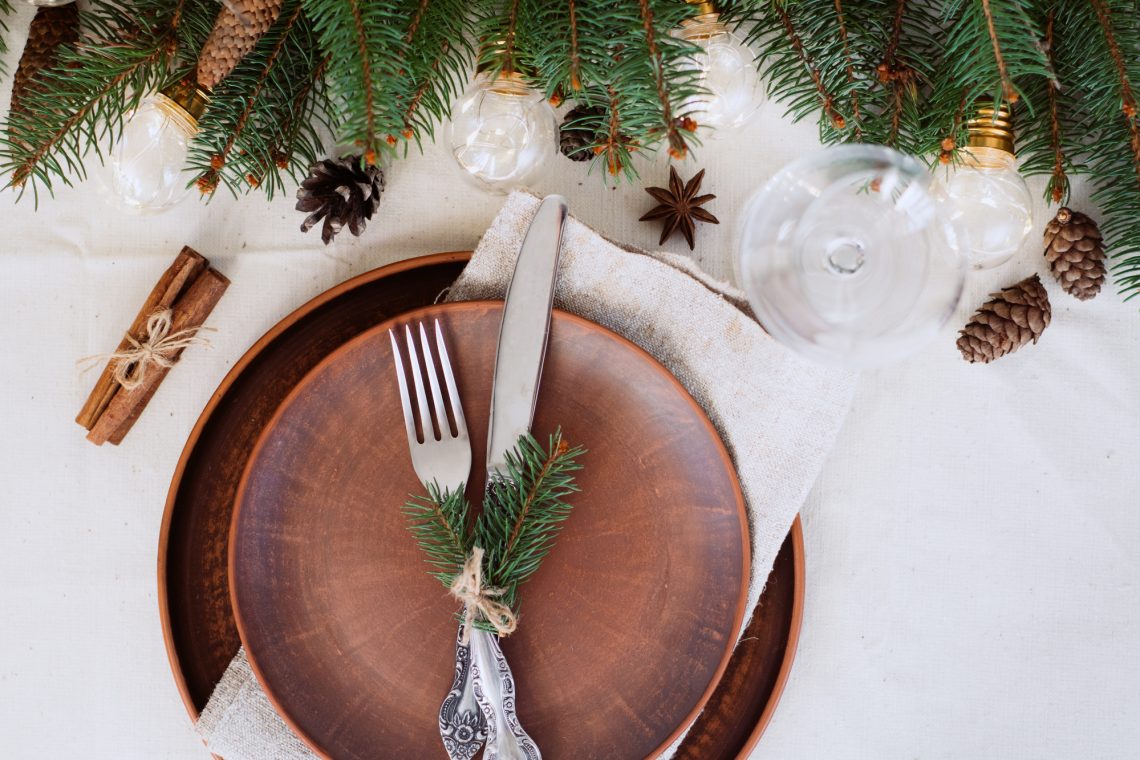
The sparkling silver color also has a unique holiday charm. Silver was and is still a valuable but more affordable metal, which less wealthy people used as a substitute for gold. It also is an important part of the Christmas story. Silver references the birth of Jesus, symbolizing his divinity. During the holiday season, families use their finest silverware, making silver an integral part of Christmas celebrations.
Bright and radiant, gold and silver immediately illuminate any visual or space with their instant glow. Not only great on their own, gold and silver also look stunning when complemented by darker shades with rich undertones.

White and Blue
Is there a more iconic winter color than white? We see it all around the holiday season! Let’s face it, white sprinkles of show transform the world into a Christmassy wonderland. In Christian tradition, white symbolizes innocence, purity, and the triumph of good forces over evil. That’s why Mary, the virgin mother of Jesus, is often portrayed in white. During Christmas festivities, a white wafer was also used to decorate trees, symbolizing the body the Jesus.
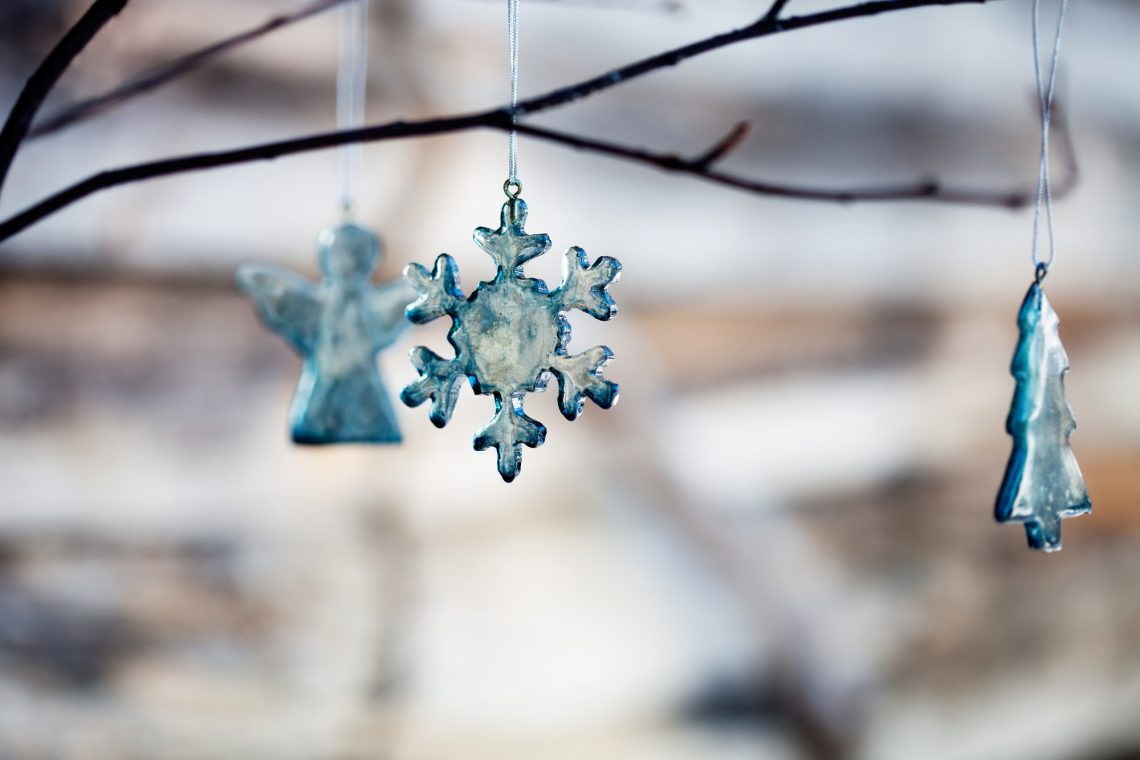
Blue is another color used to represent Mary, the mother of Jesus. It also represents heaven and a clear, peaceful sky. In ancient times, blue color dyes were very difficult to reproduce, making them incredibly costly and even more valuable than gold. Because only wealthy people could afford to decorate their homes in blue at Christmas, the color wasn’t widely used. Since then, the blue color has become prominent, giving a festive flare to the holiday season.
White and blue are perfect for incorporating into Christmas designs and decorations. Their lustrous shine can bring calm and comfort into every visual and space. Both colors have a tranquil essence, which makes them perfect backdrops to experiment with.
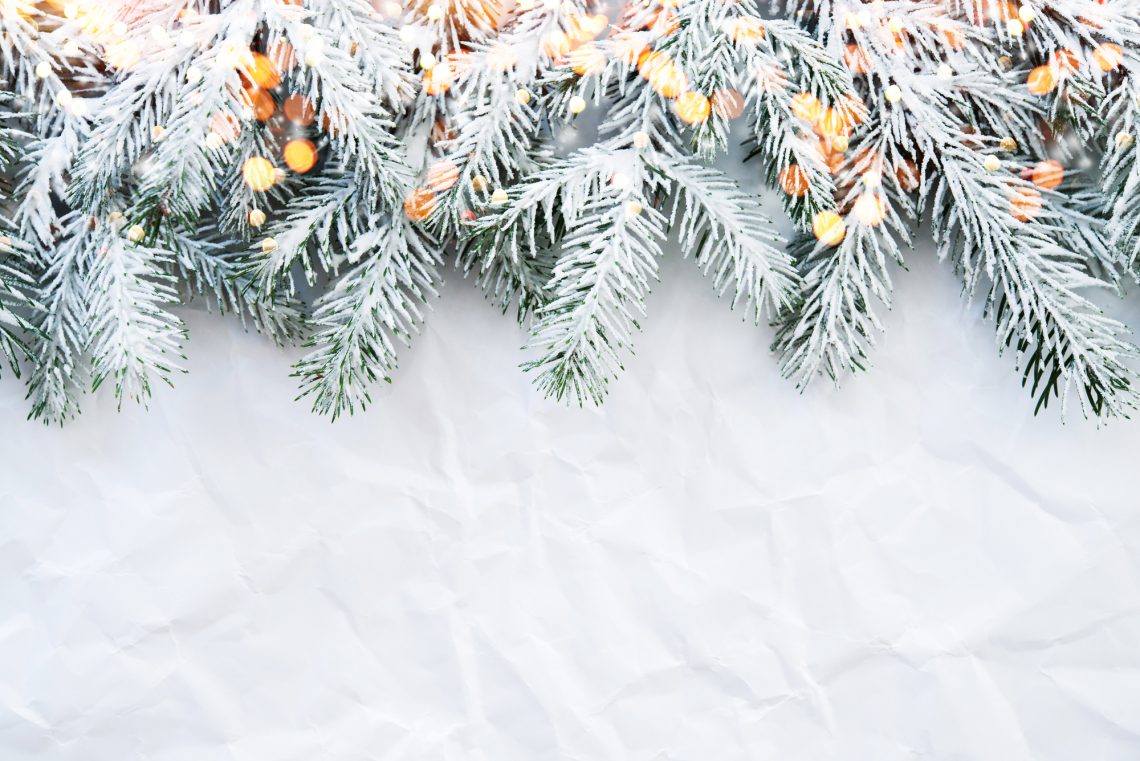
To wrap up
Whether you’re choosing Christmas color combinations for your upcoming holiday campaign or decorating your home, it’s nice to know their original meaning. Most traditional Christmas colors have deep religious roots, holding important symbolic meanings. Some may add a glow and brightness, while others create feelings of warmth and comfort, but each brings its own festive energy to the holiday season. Understanding the inspiration behind traditional Christmas will help you choose your colors wisely so everything from your product pages and social media posts to your greeting cards and wrapping paper not only look festive, but also convey the meaning you want.
Other articles you might find interesting
How to Get into the Christmas Spirit: Video Collection
A Minimalist Christmas: Image and Video Collection
Christmas Holiday Marketing Kit: Photos, Videos, Templates, and Ideas
